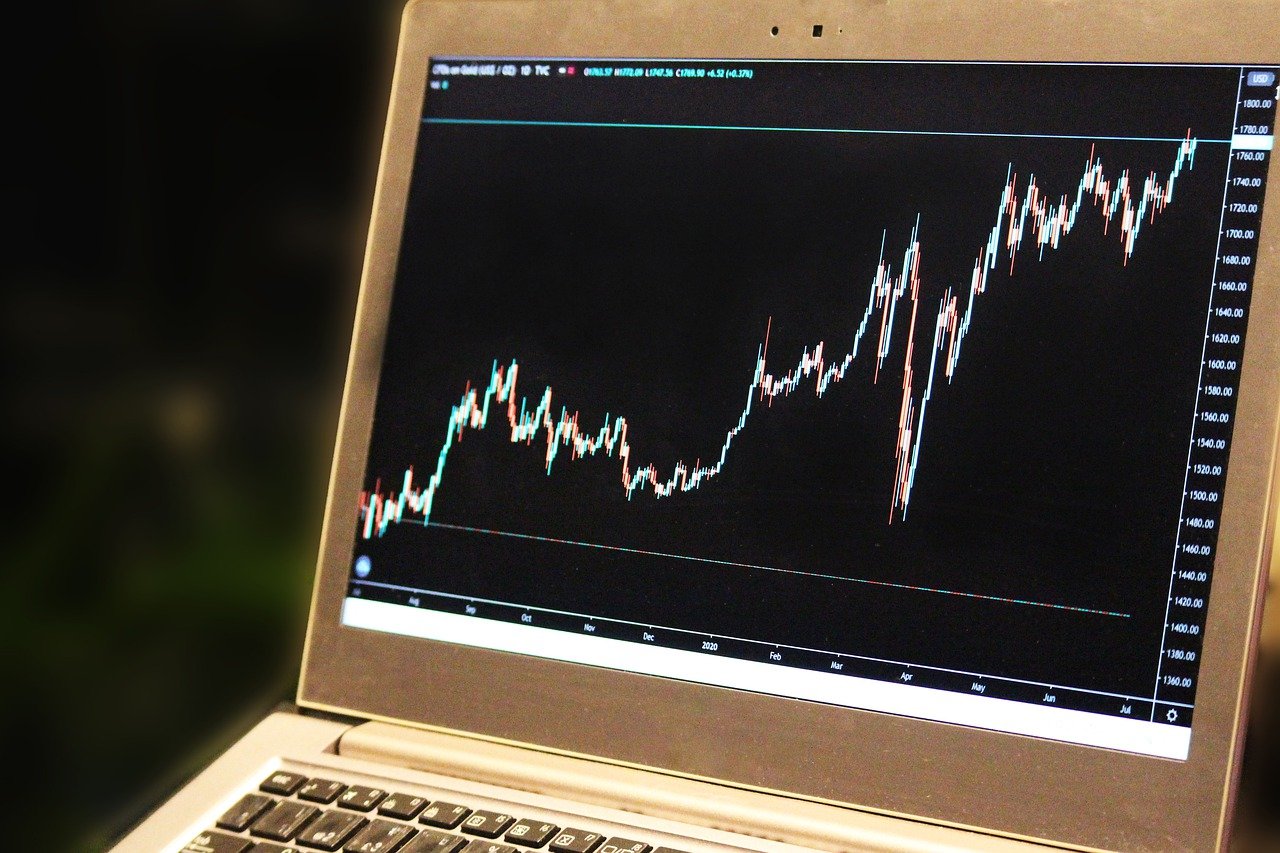
Trading in volatile markets can be both challenging and rewarding. The Nifty 50 Futures, which represent the top 50 companies listed on the National Stock Exchange of India (NSE), are no exception. In this article, we will explore effective strategies and techniques to trade Nifty 50 Futures successfully in a volatile market.
Understanding Volatility:
Volatility refers to the rapid and significant price movements in the market. In a volatile market, prices tend to fluctuate more frequently, offering both opportunities and risks for traders. It is crucial to understand the factors driving volatility in order to make informed trading decisions.
Develop a Trading Plan:
A well-defined trading plan is essential in volatile markets. Begin by setting clear goals, determining risk tolerance, and establishing entry and exit points for each trade. Stick to your plan and avoid impulsive decisions driven by market fluctuations.
Conduct Thorough Research:
Stay informed about the latest market news, economic indicators, and company-specific developments. Analyze historical price patterns, technical indicators, and fundamental factors affecting the Nifty 50 companies. A comprehensive understanding of the market will help you identify potential opportunities and manage risks effectively.
Use Stop-Loss Orders:
Implementing stop-loss orders is crucial in volatile markets. These orders automatically trigger a trade to close when the price reaches a predetermined level. By setting a stop-loss order, you limit potential losses and protect your capital from significant market swings.
Employ Hedging Strategies:
During periods of high volatility, consider using hedging strategies to mitigate risk. Hedging involves taking opposite positions in different markets to offset potential losses. For example, you may hold long positions in Nifty 50 Futures while simultaneously holding short positions in other related indices.
Adapt to Market Conditions:
Volatile markets require flexibility and adaptability. Be prepared to adjust your trading strategies as market conditions change. Consider short-term trading approaches, such as scalping or day trading, to take advantage of intraday price movements.
Utilize Technical Analysis:
Technical analysis can be a valuable tool in volatile markets. Identify key support and resistance levels, use trend lines, and employ momentum indicators to gauge market sentiment and make informed trading decisions. However, remember that no analysis tool can guarantee accurate predictions in unpredictable markets.
Practice Risk Management:
Risk management is crucial in any trading endeavor, especially in volatile markets. Set realistic profit targets and stick to them. Avoid overtrading and risking a significant portion of your capital in one trade. Use appropriate position sizing techniques to limit potential losses and protect your trading account.
Conclusion:
Trading Nifty 50 Futures in a volatile market requires a combination of knowledge, discipline, and adaptability. By developing a robust trading plan, conducting thorough research, and utilizing risk management techniques, you can navigate the challenges and capitalize on the opportunities presented by market volatility. Remember to continuously learn, practice, and refine your trading strategies, as the ability to trade successfully in volatile markets can be a valuable asset in your investment journey. So, all the best for your venture in this domain and apply these tips, you can certainly be a winner. So, try them all!










